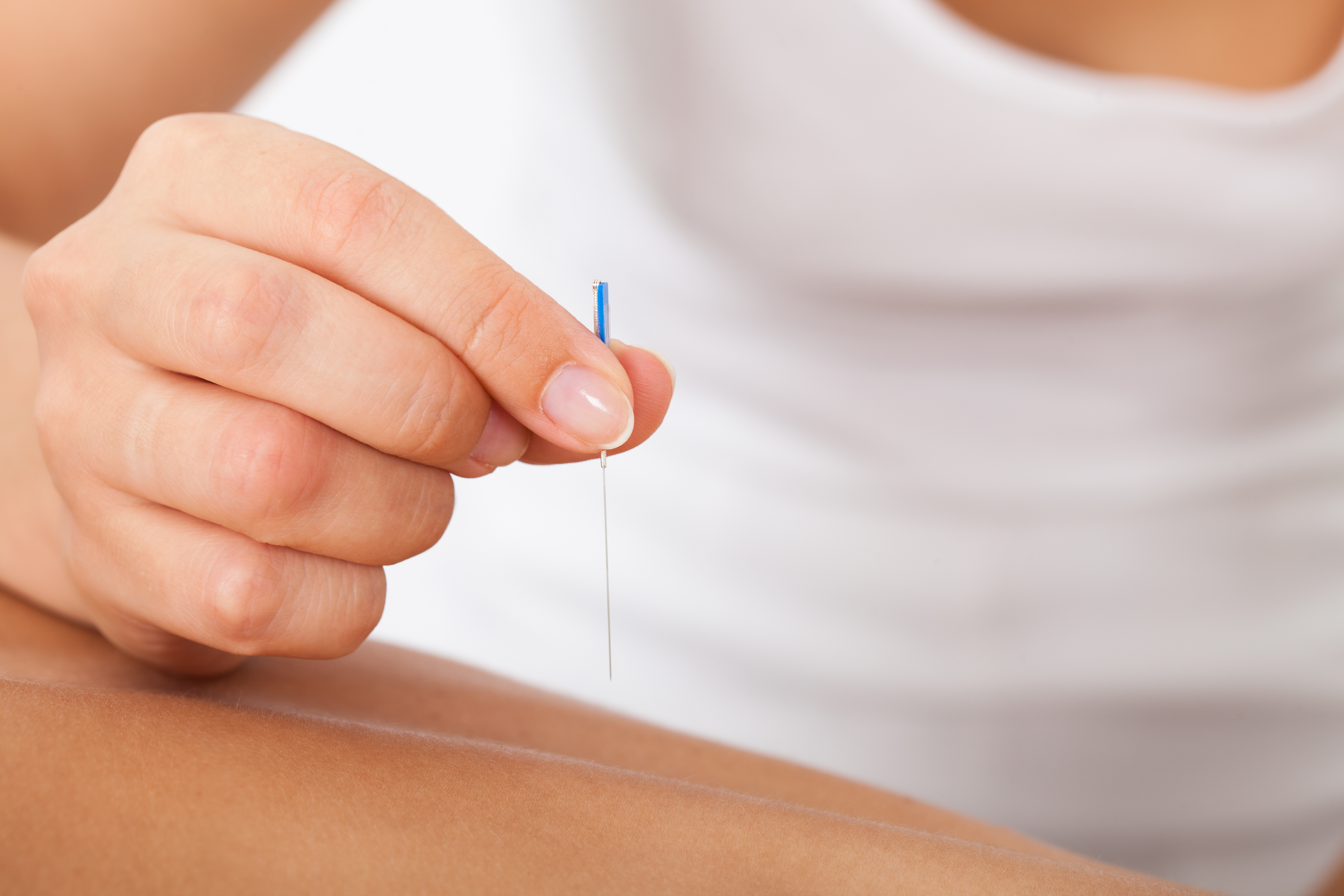
Dry needling sounds like something horrifying, but don’t be tricked or put off by the title. It’s actually one of the most powerful modalities in treating pain in your muscles. Without further ado, let’s get right to the point about dry needling (see what we did there?)
What is Dry Needling?
Dry needling alleviates tenderness and soreness associated with trigger points. It’s a manual technique using a small, sterile, solid filament needle to deactivate and desensitize these trigger points. Dry needling involves inserting the needle and repetitively manipulating the needle in the trigger point in order to produce a local twitch response.
Here’s what dry needling treats:
- Neck, back, shoulder pain
- Tennis elbow
- Headaches
- Calf tightness/spasms
- Sciatica
- Plantar fasciitis
- Frozen shoulder, shoulder and arm pain
- TMJ pain
- Fibromyalgia
- Overuse injuries
- Muscle spasms
- Sprain/strain injuries
- Chronic
- Tendonitis
- Lower back pain
- Quadriceps, hamstring and hip pain
Dry Needling Focuses on Improving:
- Your range of motion
- Blood flow
- Decreasing tight muscles
- Eliminating tension
- Healing of chronic joint, muscle and tendon injuries
Does Dry Needling Hurt?
It doesn’t sound like it, but dry needling is a non-invasive procedure that’s very low risk and any pain or discomfort will be minimal and short-lived. Dry needling is commonly described as a tingling, cramping sensation with some muscle tenderness up to 48 hours after the procedure. To reduce soreness, drink plenty of water and alternate heat and ice.
